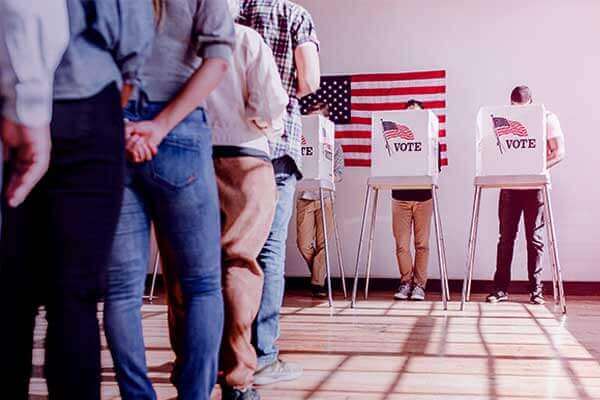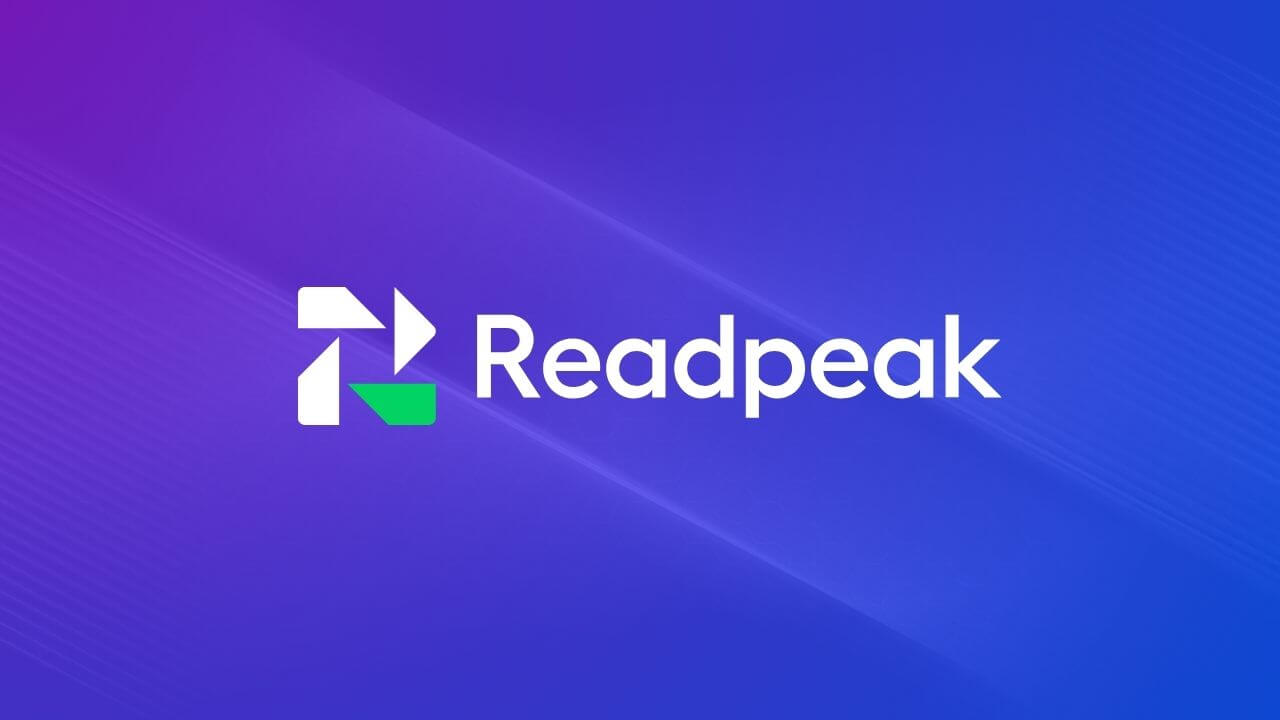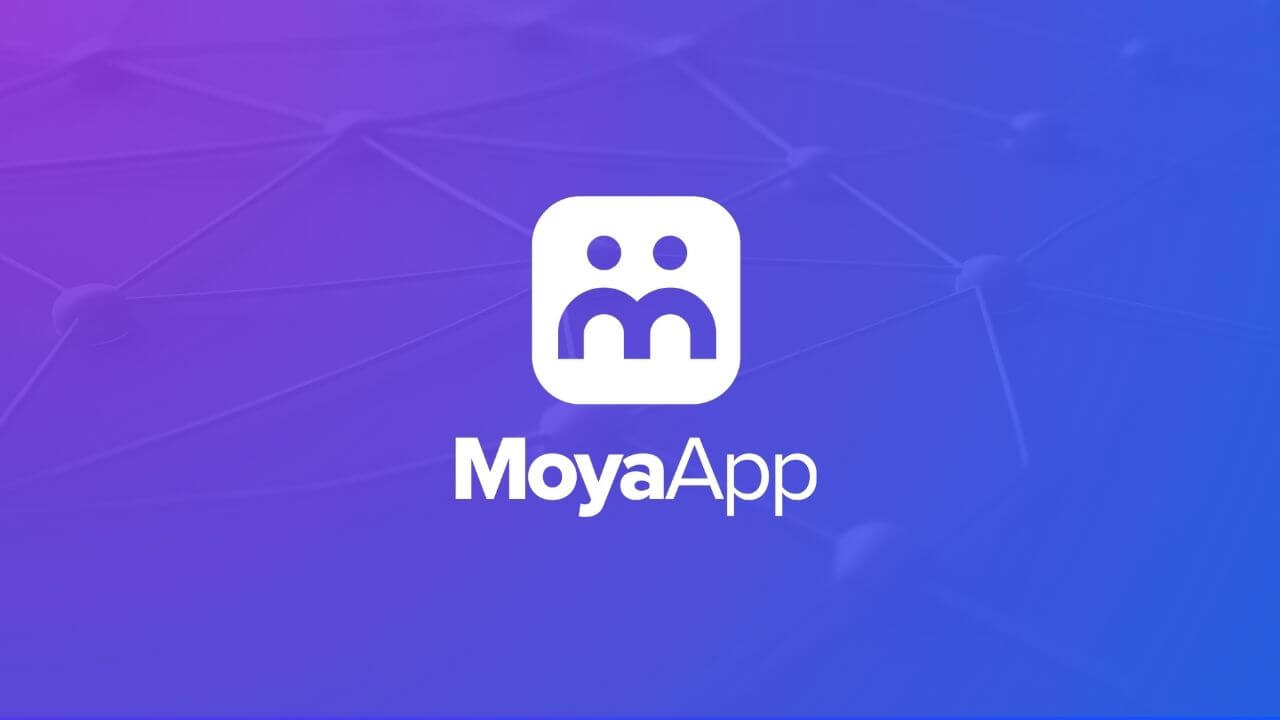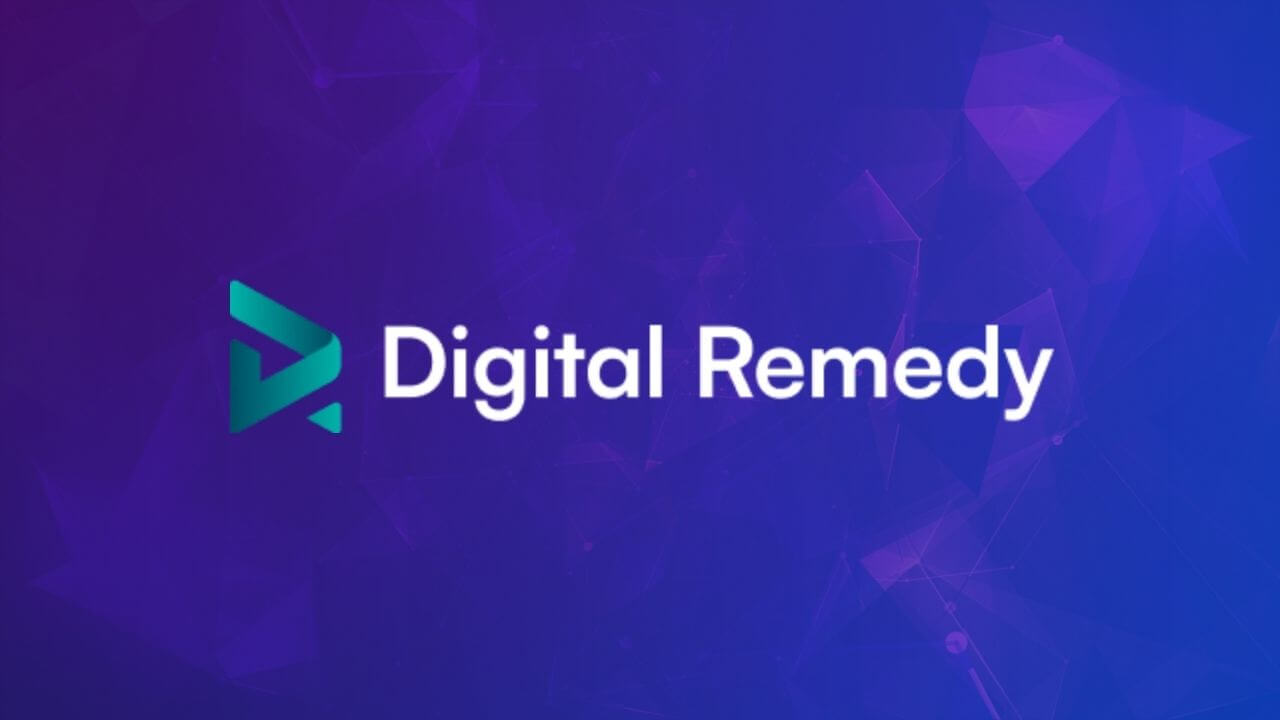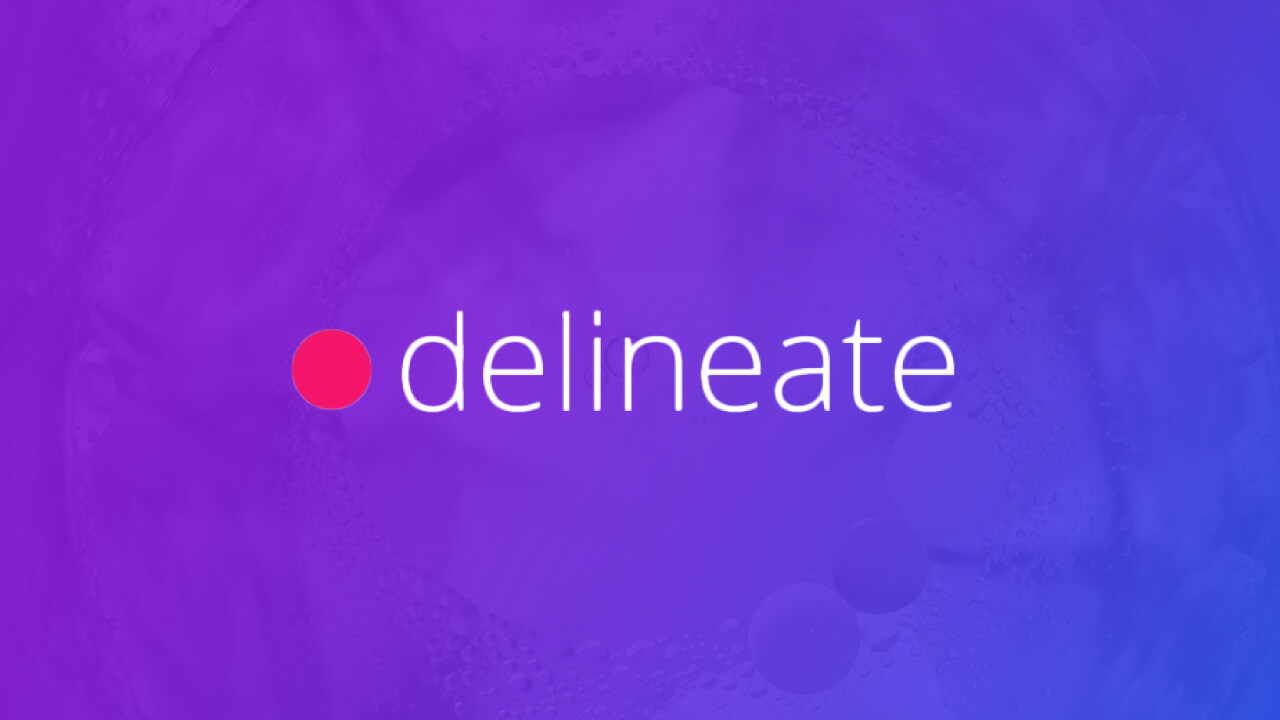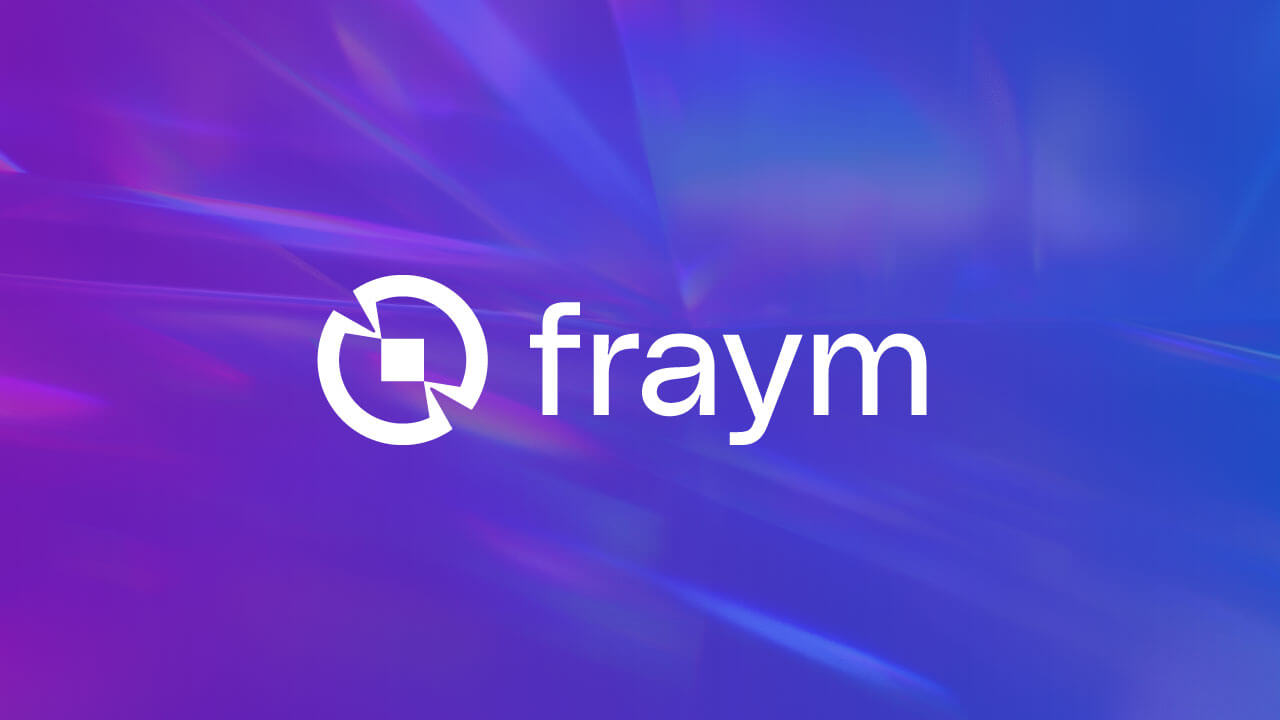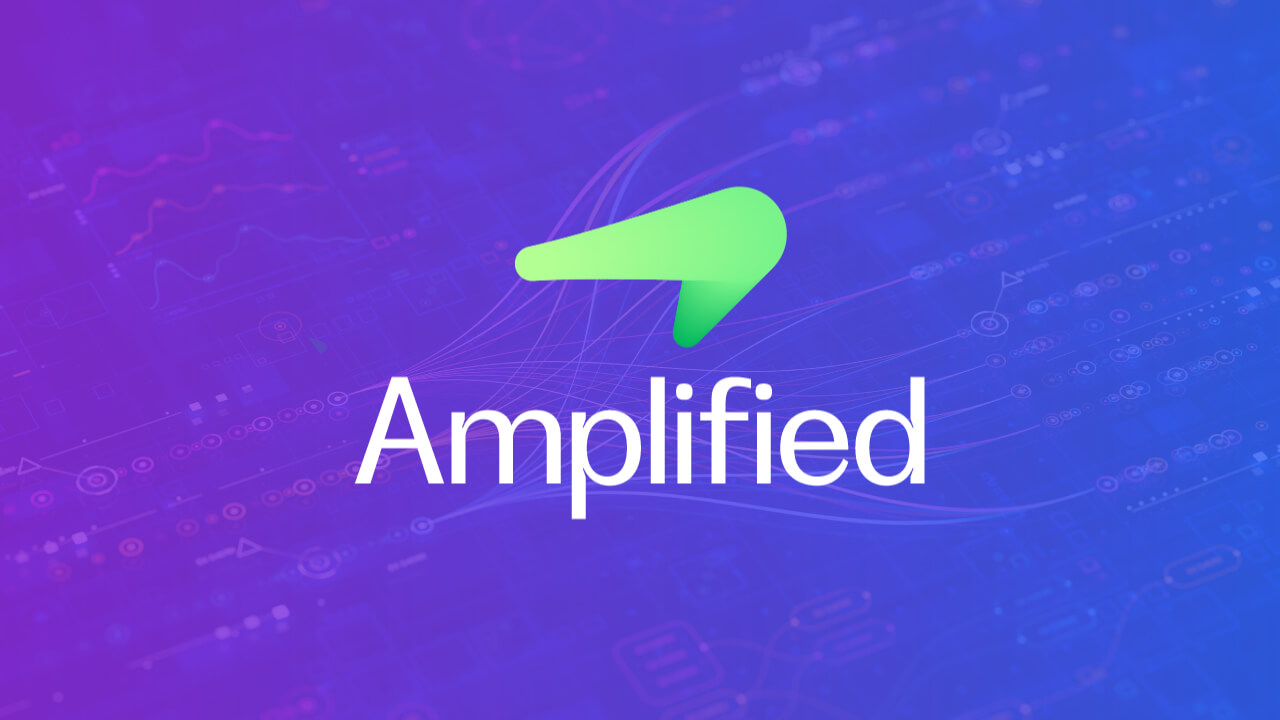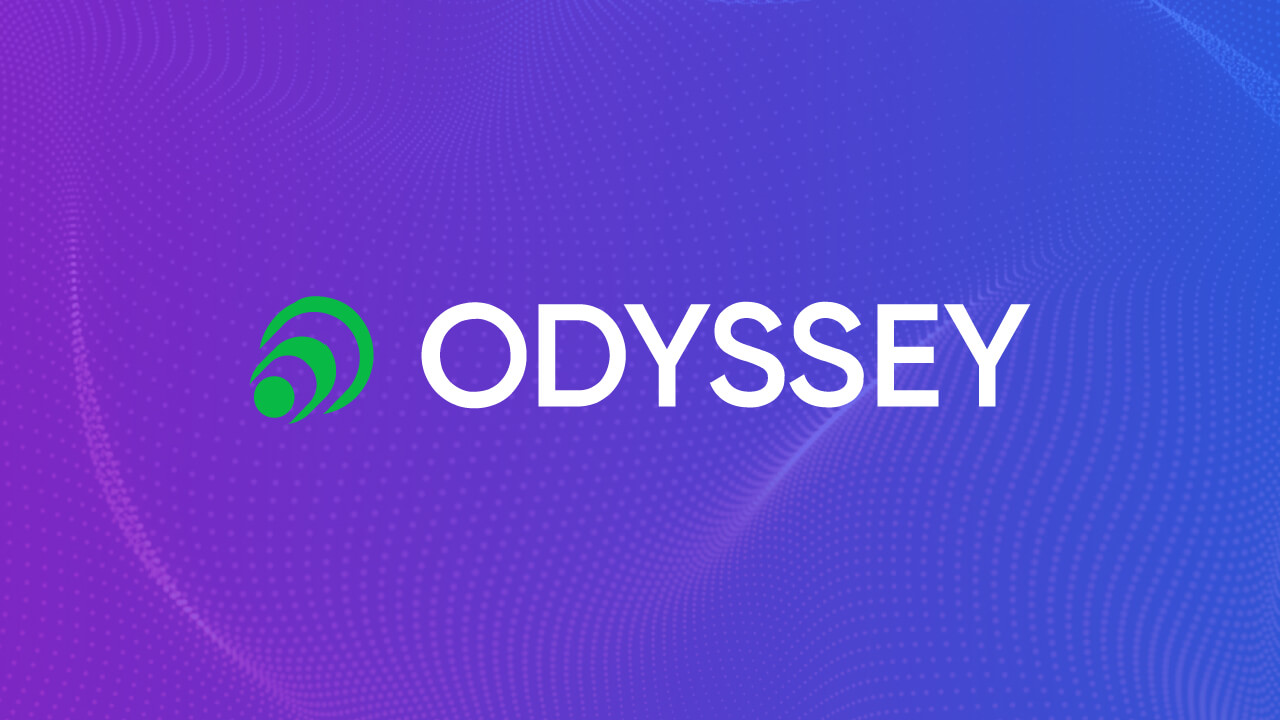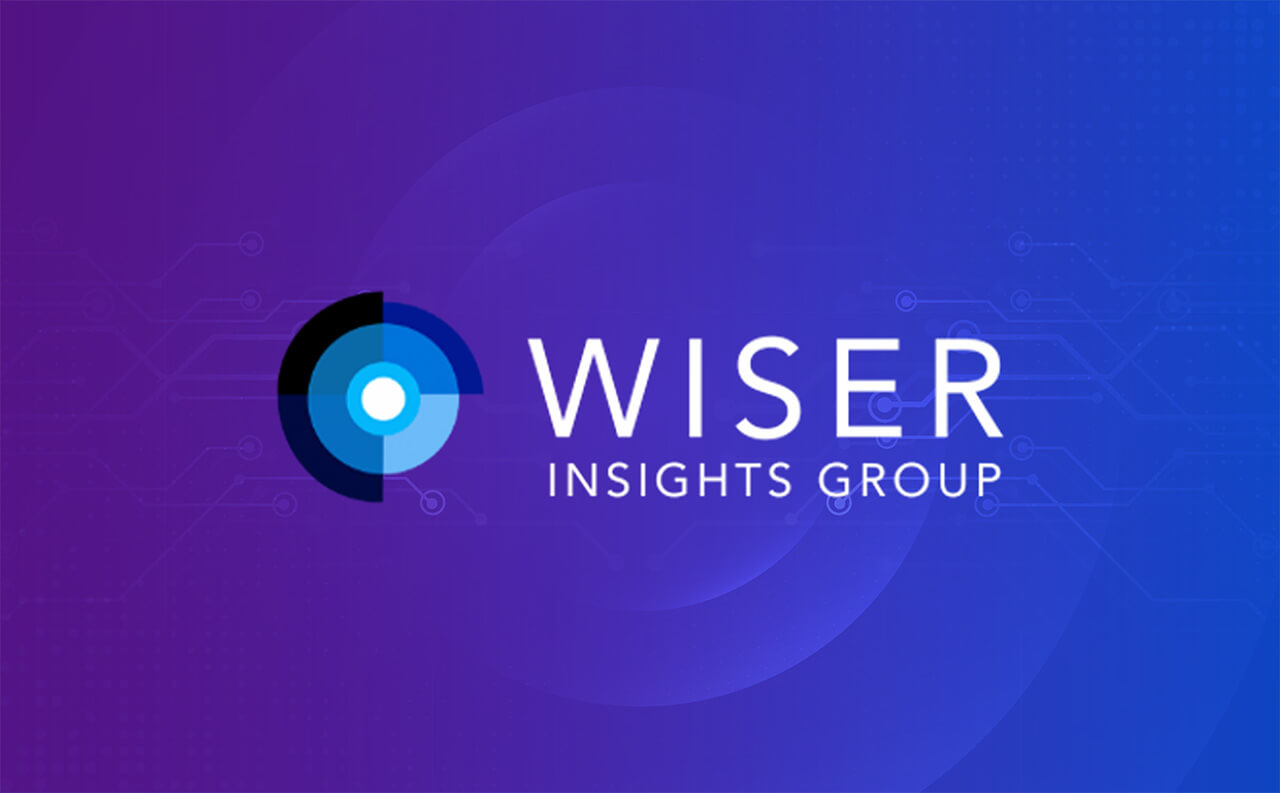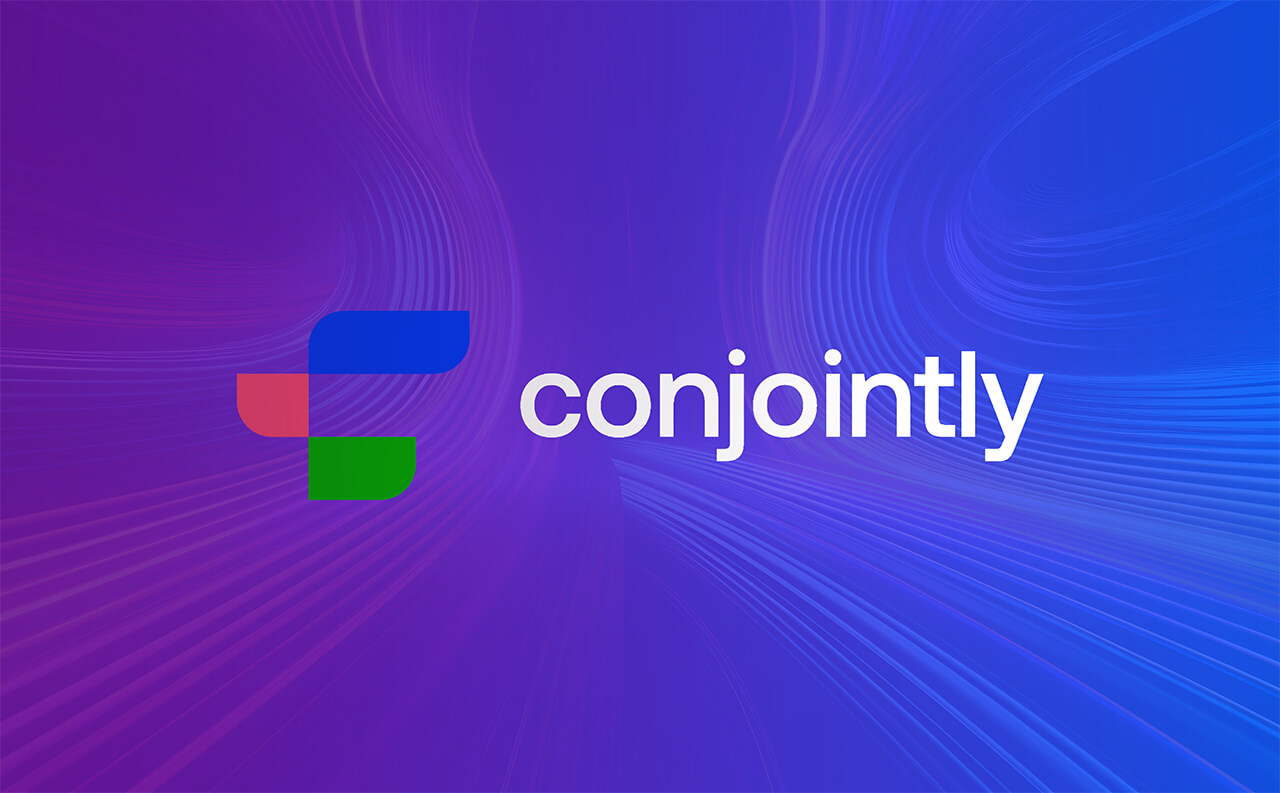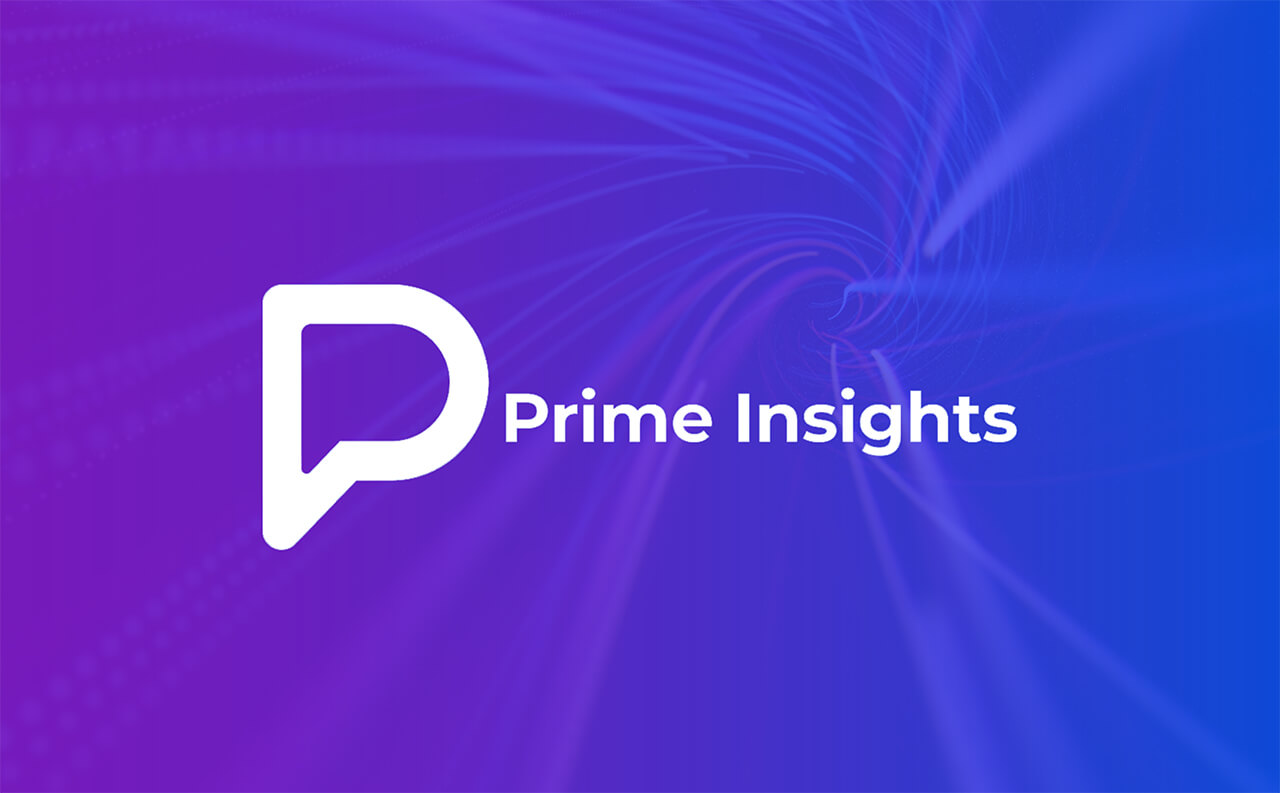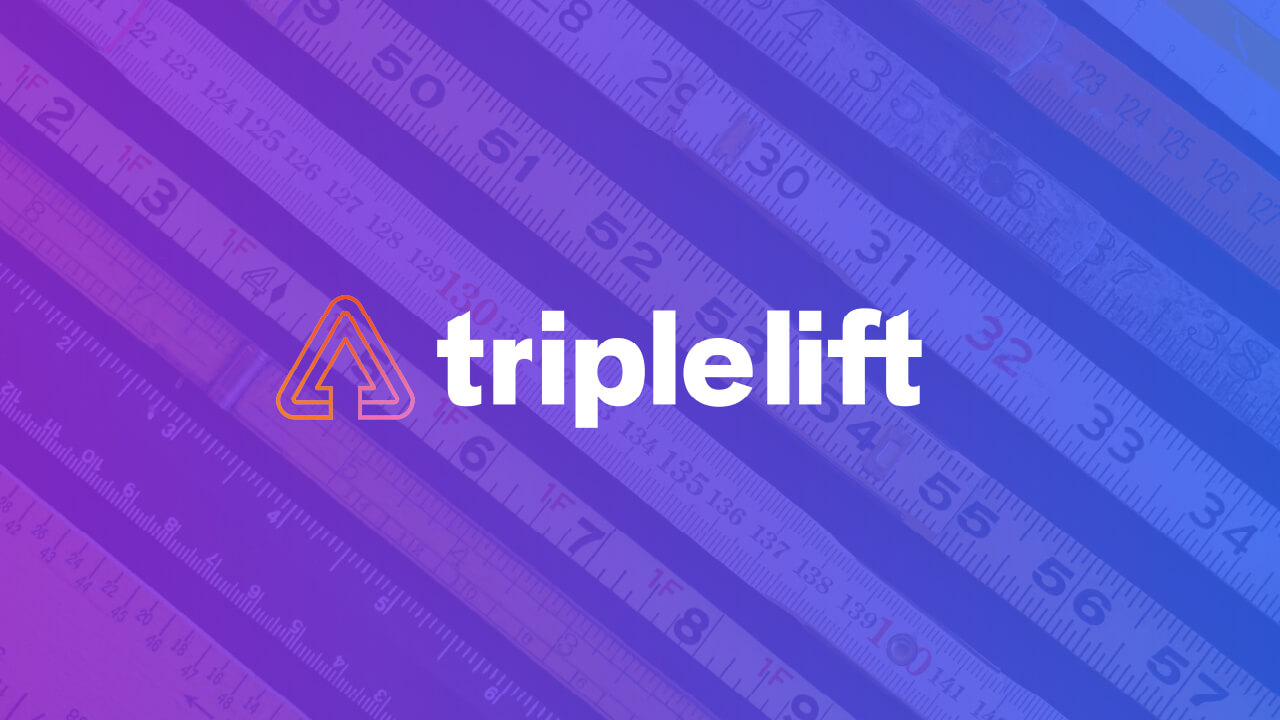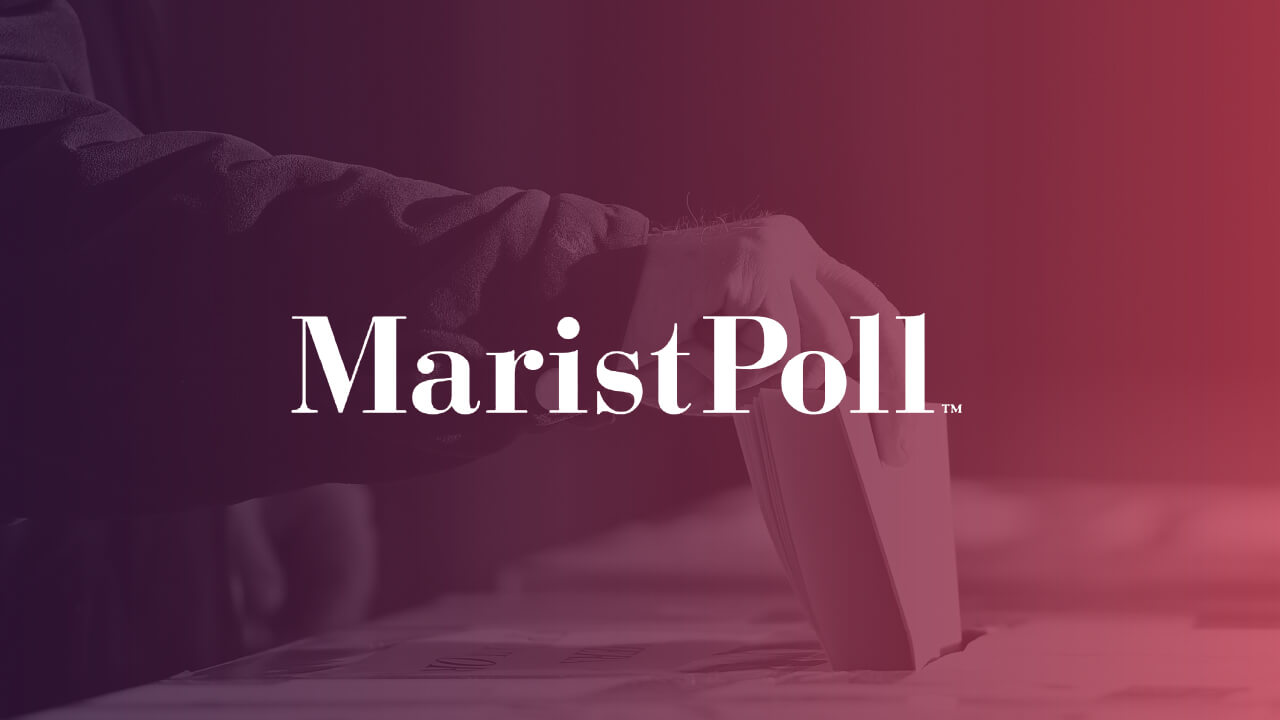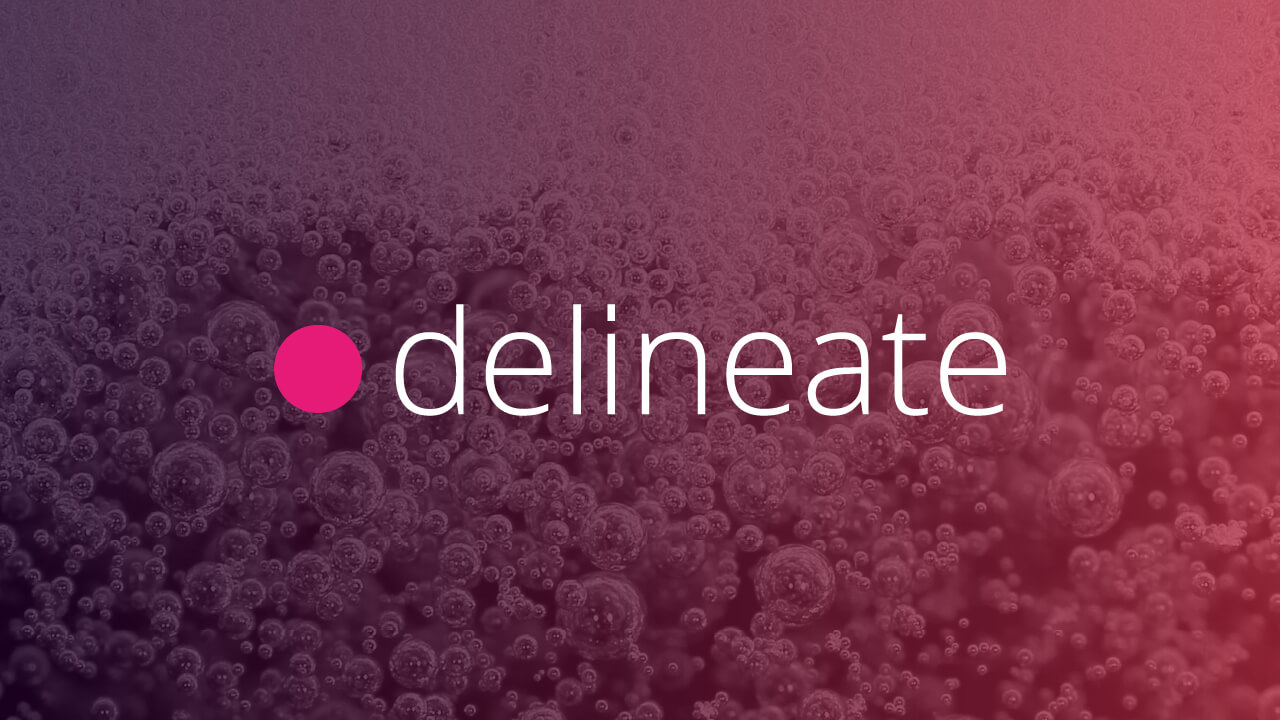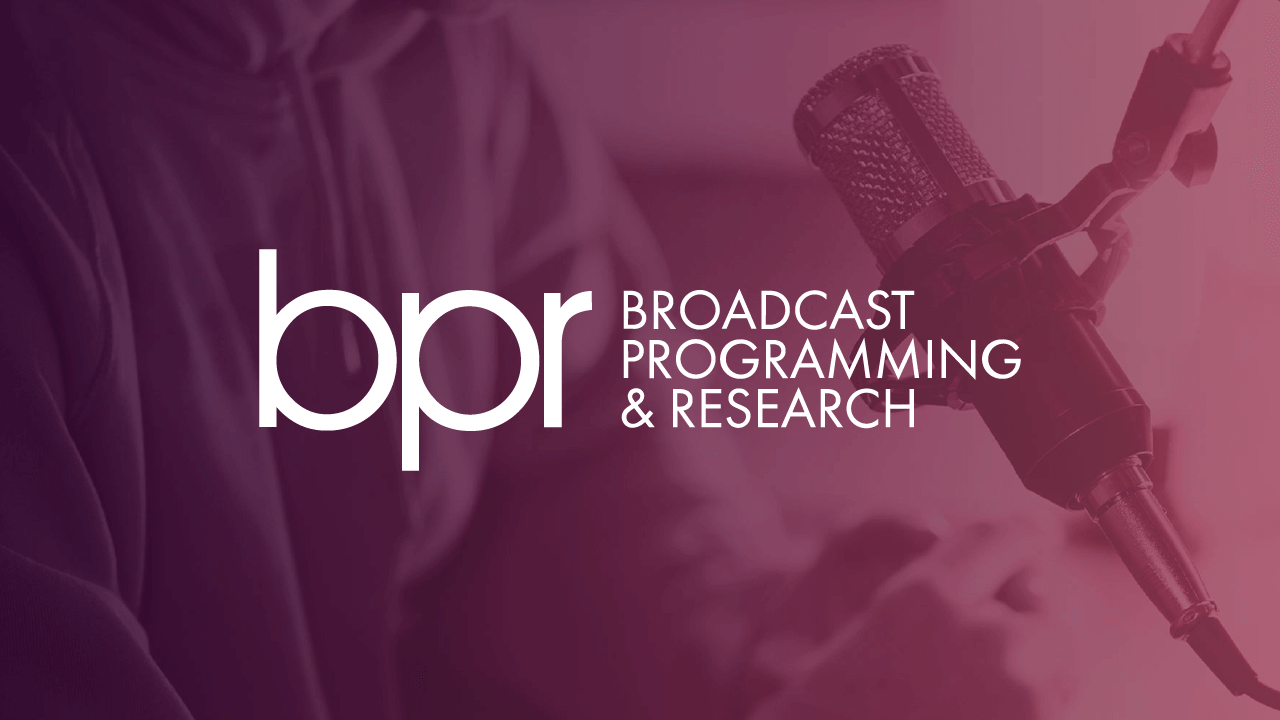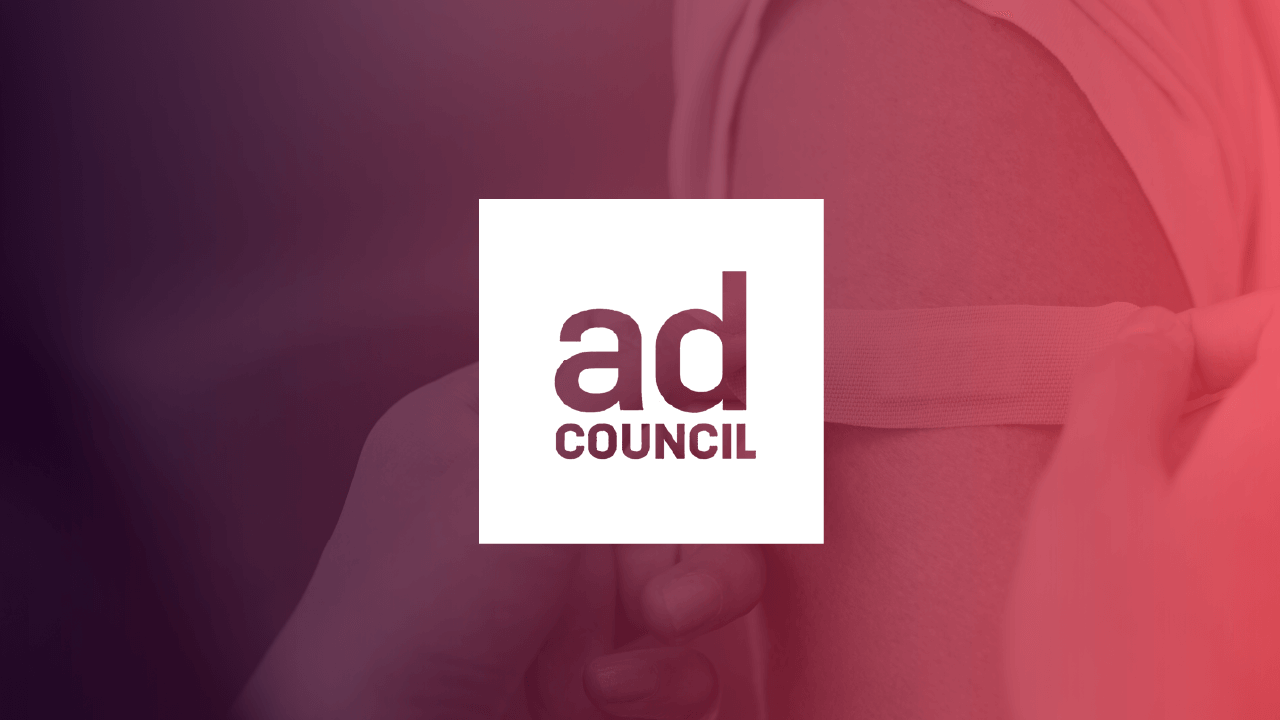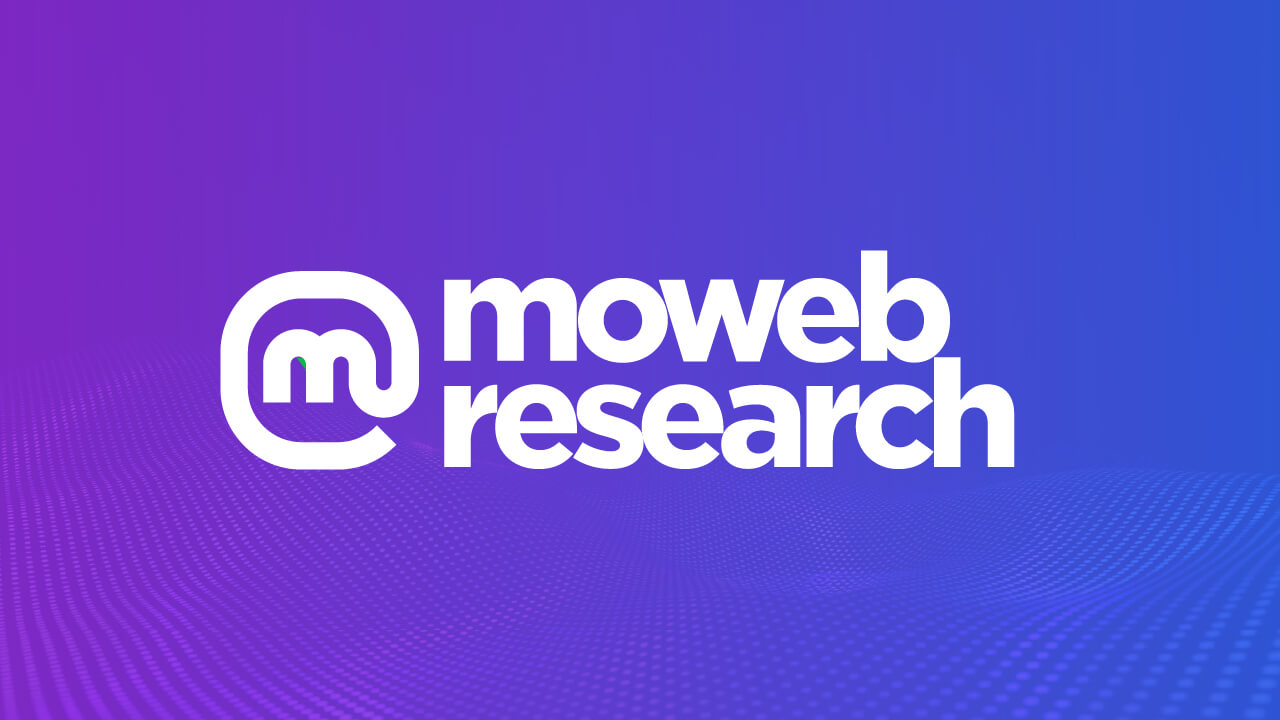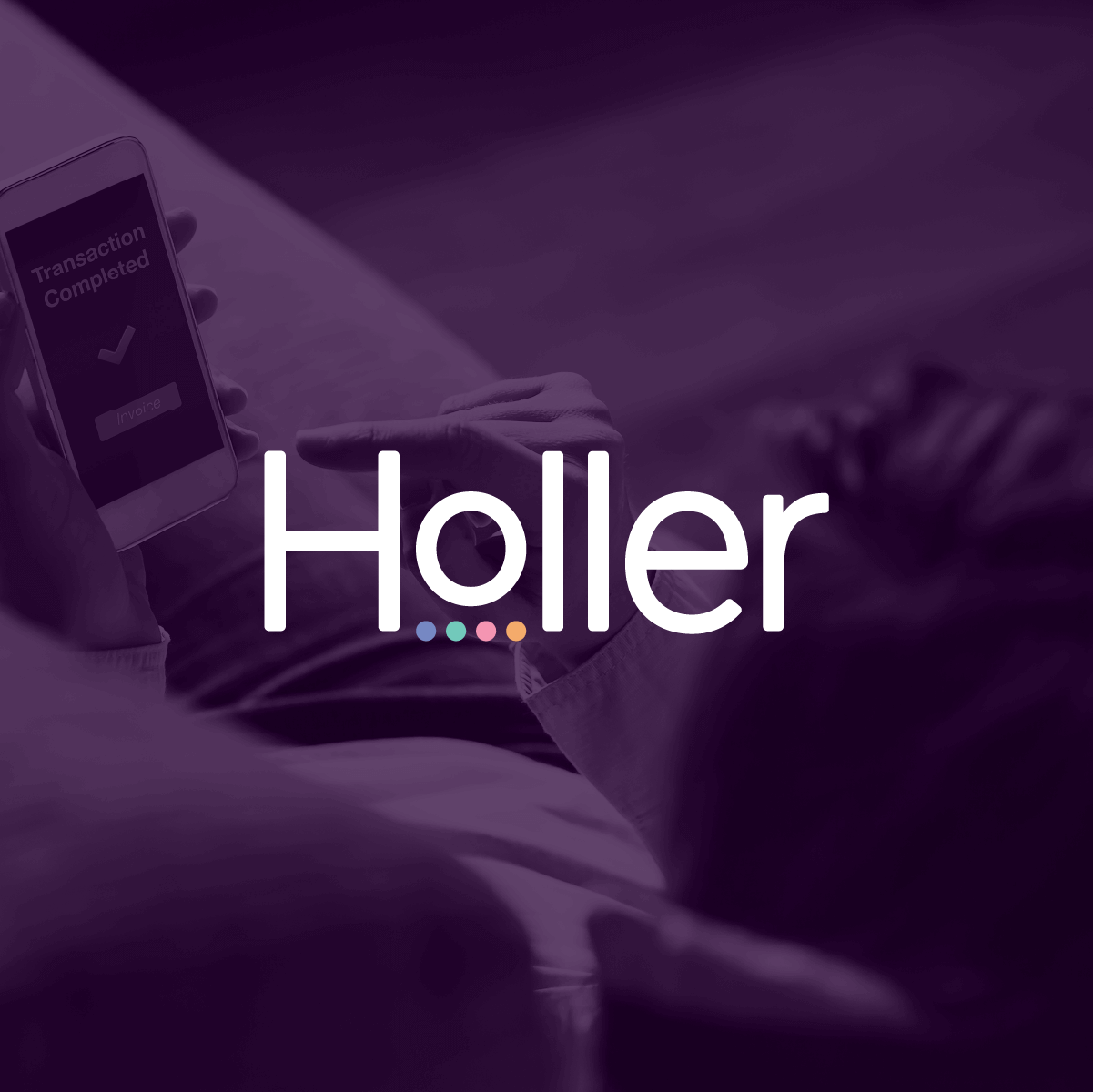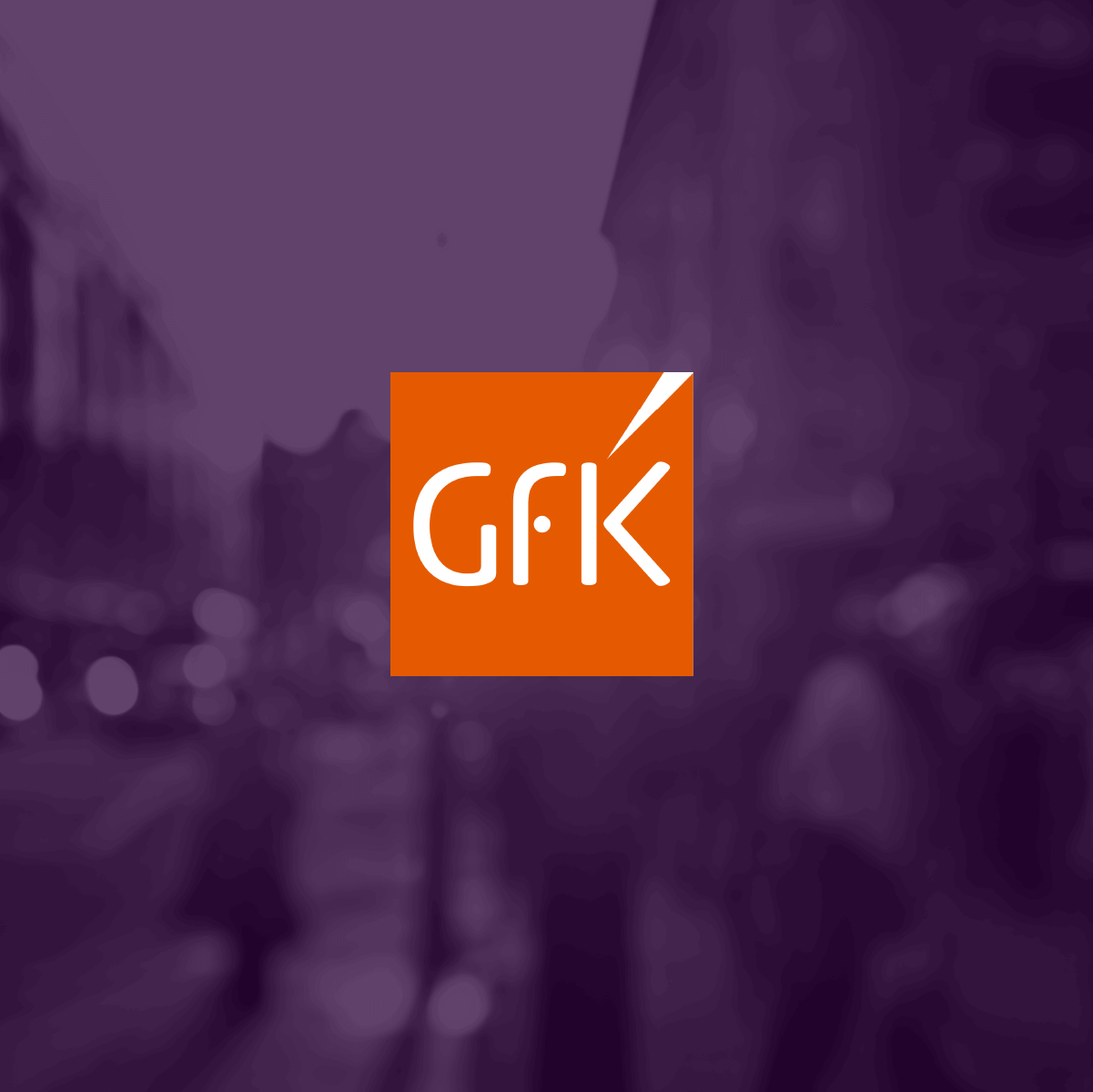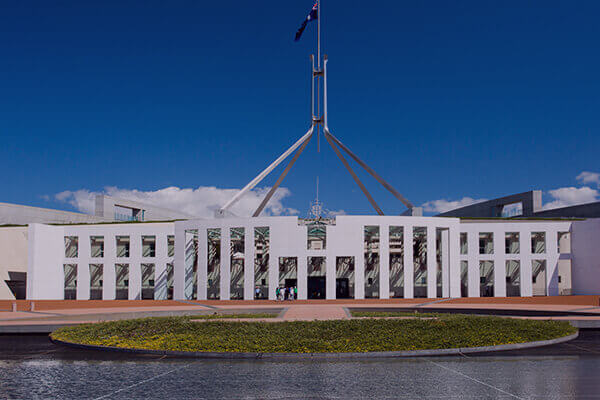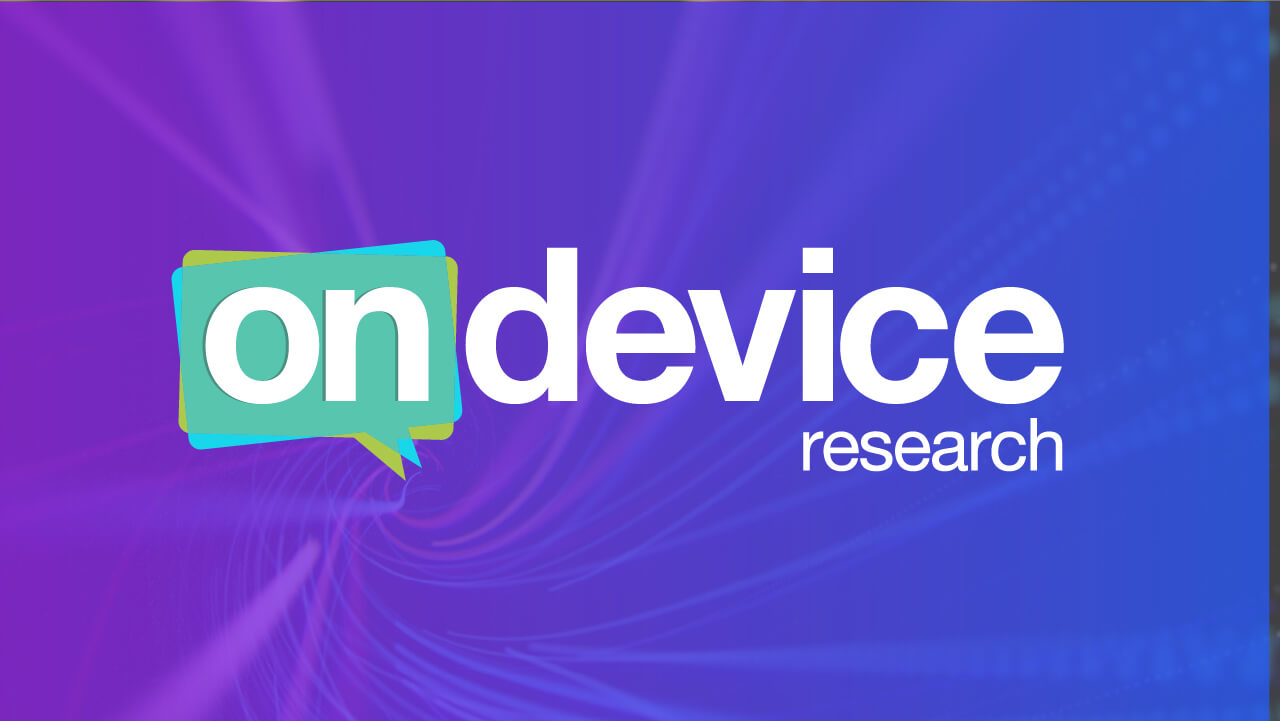In a campaign for a political candidate, every effort to influence voters is crucial. When the goal is to gain access to a congressional office and make a difference through policy and laws, the effectiveness of a campaign matters. Political agencies are often utilized to scale a political campaign for candidates and help drive voters to the polls to select them. They map out their marketing campaigns and how they want to communicate through various channels to attract and retain voters. With so much riding on these campaigns, showing the value of these efforts is paramount. However, without a standard way to measure impact and understand the audiences reached, campaigns become increasingly difficult.
Challenge
A political agency was contracted by a 2020 primary presidential candidate to help reach the right voters with the correct message in the most effective places. The agency was looking to understand consumers’ attitudes and opinions, towards their presidential candidate. The team wanted additional insight into how effective their campaign was at driving KPIs such as electability and voter intent. This would in turn provide them with a more holistic understanding of their campaign performance.
Solution
The political agency reached out to Cint to run a test brand lift study for the national campaign they were running on their candidate. This project was led by the SVP of Research and Insights and the Director of Media Measurement. By utilizing Lucid Impact Measurement by Cint, the team was able to access insights in real-time and optimize while the campaign was in-flight.
Results
With Impact Measurement, the political agency was able to show that their efforts were skewing the campaign to a positive voter intent. The results also presented areas of opportunity for their candidate. The demographics that responded well and showed voter intent and favorability towards their candidates were female voters aged 35 to 44 and 55+. However, every other age group showed low probability of voting and favorability. With this real-time data, the political agency was able to personalize messaging by demographic to continue influencing other audience groups during their political campaign. Seeing the effects of their campaign provided them with tangible performance results to strengthen their strategy by focusing on messaging to improve voter intent and favorability amongst all voters.
